Known as the land of sun and surf, Hawaii is one of the most popular tourist destinations in the world. What many tourists don’t realize is that Hawaii is home to an ancient and fascinating culture – one that isn’t always accurately depicted by the commercial tourism industry.
Hawaiian culture is multifaceted, a fascinating mix of ancient and modern-day traditions, and goes far beyond hula skirt souvenirs and Waikiki.
Read on to learn something new about this beautifully rich culture with our Top 10 Hawaiian culture facts.
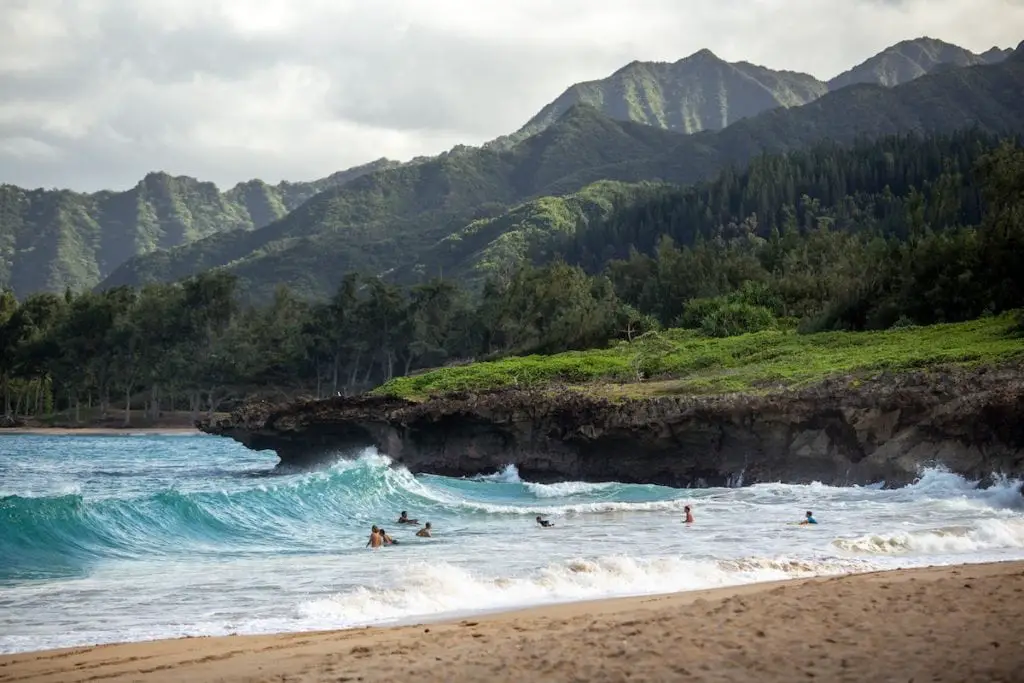
Top 10 Hawaiian culture facts
#1 In traditional Hawaiian culture, Native Hawaiians were voyagers – and they are still voyaging today
The ancestors of Native Hawaiians were people from South-East Asia that traveled across the pacific ocean, settling in many places before reaching Hawaii.
These seafaring adventurers traveled by canoe and were guided by the stars and the ocean.
It is these ancestral roots that make navigating and wayfaring such an important part of Hawaiian culture and Hawaiians’ identity as oceanic people.
Young Hawaiians today still practice voyaging in canoes without modern instruments, learning how to navigate using the stars. In Hawaiian culture, skilled navigators learn the rising and setting points of over 100 stars, and can orient themselves and navigate their way home with only one or two stars within sight.
The type of canoe used for these voyages isn’t the two-man plastic affair you are probably picturing, though. The canoes are usually large, double-hulled vessels that can transport several people at one time.
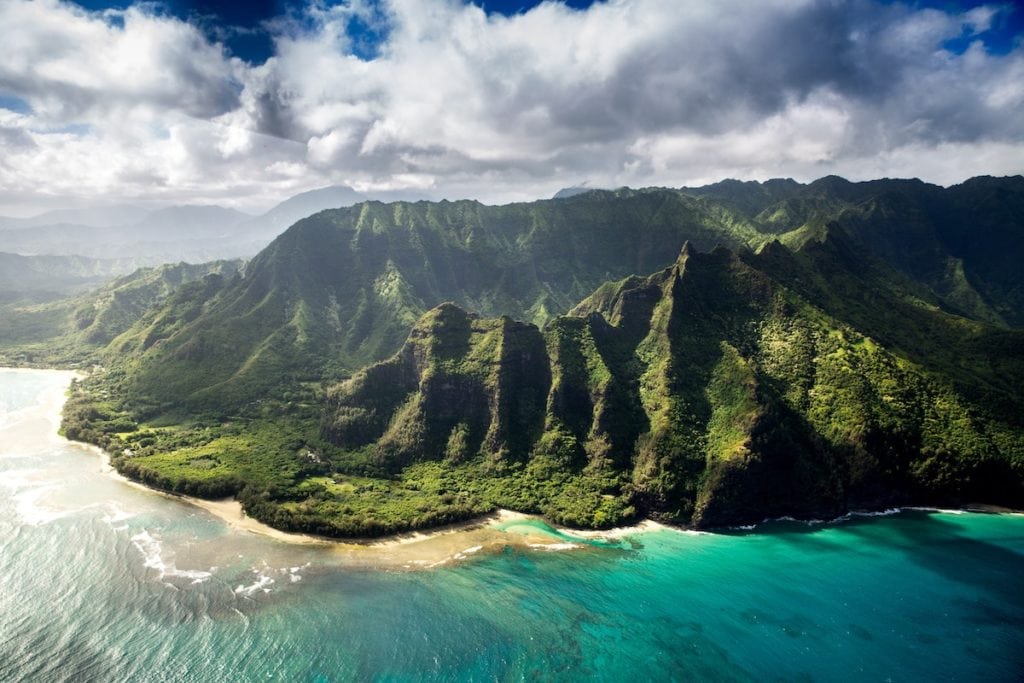
#2 The traditional Hawaiian lifestyle was more rural than you might think
For most travelers, what immediately comes to mind when you picture Hawaii is sun, sand, and surf – and while Hawaii is known for its beautiful beaches, rural living formed the basis for the traditional Hawaiian lifestyle.
Farming food on the land and leading a self-sustaining lifestyle was important many years ago. The residents of Keanae, a remote village on Maui, still lead a rural lifestyle focused on farming.
In this community, Hawaiians grow taro and many of them live on and farm the land that has remained in their families for generations, keeping traditional Hawaiian culture alive.
The value of aloha aina, meaning love of the land, remains a key part of Hawaiian culture today and harkens back to a time when the land provided everything Hawaiians needed for a self-sustaining way of life.
#3 Fun Hawaiian culture fact – Leis come with etiquette
If you’ve heard of Hawaii, chances are you know what a lei is, but what you may not know is that there are etiquette rules to be followed when receiving the floral garland.
Many tourists are presented with a lei upon arrival at the airport and remove it immediately upon reaching their tour bus – but this is considered rude in Hawaiian culture.
Once a lei is given to you and you accept it in public, it is impolite to remove the lei in public, especially where the person that gave it to you can see. You should leave the lei on until you can take it off in private later.
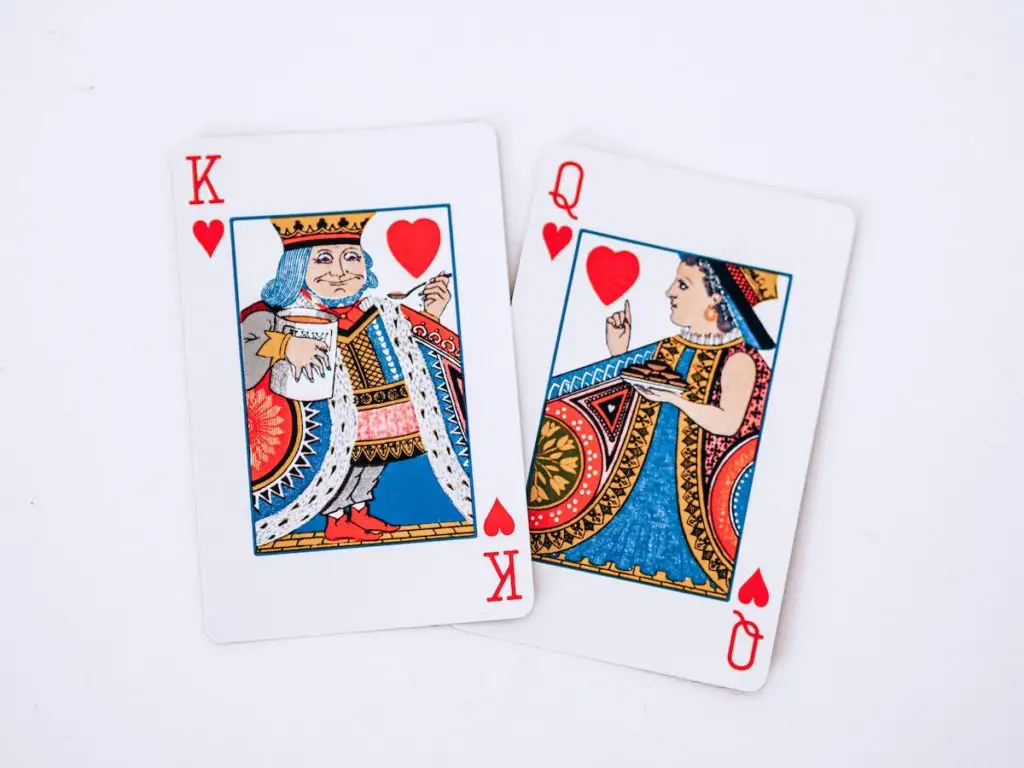
#4 Hawaii was once a monarchy ruled by kings and queens
Here’s one of the ancient Hawaiian culture facts you probably didn’t know – Hawaii was once ruled by kings and queens.
In the late 18th century, Kamehameha became the first King of Hawaii when he conquered his surrounding neighbors and the Hawaiian Islands were joined.
Throughout the kingdom, there existed a system of land division where all land was owned by the king, but divided into smaller sections.
Larger sections of land called ahupua’a were overseen by local chiefs appointed by the king and the land was further divided into smaller sections for each family unit. One ahupua’a usually stretched from the mountains to the sea to provide all the resources necessary for survival.
The Kingdom of Hawaii continued until 1893 when a US Missionary Party overthrew the monarchy and forced Queen Liliuokalani to step down from the throne.
#5 Luau was enjoyed by royalty and refers to a dish made from Taro
If you’re planning a trip to Hawaii, you may have heard of a luau.
These parties are a key part of Hawaiian culture both in the past and present and usually involve a cook-up or feast of some sort as well as music and dancing.
The name luau, however, has interesting origins. In ancient Hawaiian culture, these parties were referred to as paina meaning dinner party or aha aina meaning feast.
The word luau actually refers to a dish made from taro, a traditional Hawaiian food similar to a potato, and one of the favorite dishes enjoyed by the kings and queens of Hawaii at these parties.
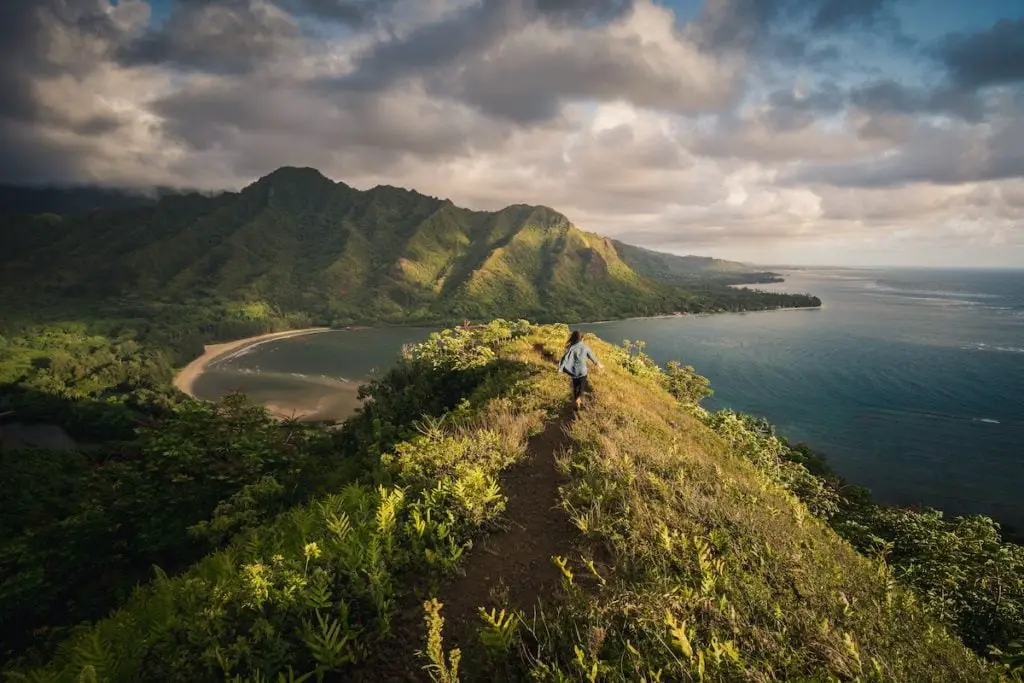
#6 The many and varied lives of Kaho’olawe – The Sacred Island
Kaho’olawe is known as the Sacred Island and has been used for many things by Hawaiians and the Hawaii and US governments, not all of them sacred.
At one time, Kaho’olawe was populated – but by no more than a few hundred people at a time due to limited water and resources available on the island.
In ancient Hawaiian culture, navigators went to the island to learn navigation skills and practice reading the stars. From the highest peak on Kaho’olawe, you can see five neighboring islands, making it a perfect place for navigators to learn the geography around them.
The island was also the traditional launching point for canoe voyages to Tahiti.
Following the arrival of Christian missionaries, Kaho’olawe became a penal colony for prisoners serving life sentences, but the colony operated for less than 30 years. A series of unsuccessful ranching ventures followed, but the lack of resources on the island doomed them to fail.
In World War II, the island became a US military training base following the bombing of Pearl Harbour. During and after the war, the island was used as a testing ground for explosives by the military, continuing until 1990.
The island has now been mostly cleared of unexploded ordinance and belongs to the State of Hawaii again.
Volunteer efforts at reforestation are taking place and the island is once again used for practicing traditional Hawaiian culture and education.
#7 Hawaii is the only US state with two official languages
Hawaii has two official languages, English and Hawaiian, something that is very important to native Hawaiian people due to the history of their language.
In 1896 a law was created in Hawaii banning the teaching or use of the Hawaiian language in public schools.
In this time, much Hawaiian culture was lost and the language nearly became extinct.
When visiting Hawaii it is now considered polite to refer to places by their Hawaiian name to honor their language and heritage.
#8 Hawaii has a forbidden island
Did you know Hawaii has a forbidden island? Niihau is a privately owned island with somewhere between 70 and 170 residents.
Outsiders need permission from the owners of the island to visit and the exact number of residents is unknown.
The most interesting of Hawaiian culture facts about Niihau is how it came to be a private island, however, and why visitors are generally not allowed. The ancestor of the brothers who own the island today bought Niihau from a Hawaiian king on the condition that she would protect the island and its residents from outside influence.
It is this promise that the owners uphold today and why permission is required to visit. The island has no running water, shops or other modern conveniences and electricity is only via solar power or a generator. The island remains as a window into the Hawaii of the past.
The name ‘Forbidden Island’ came about in 1952 when during a polio epidemic in Hawaii, visitors to the island were required to present a doctor’s note stating that they did not have polio to prevent an outbreak on the island.
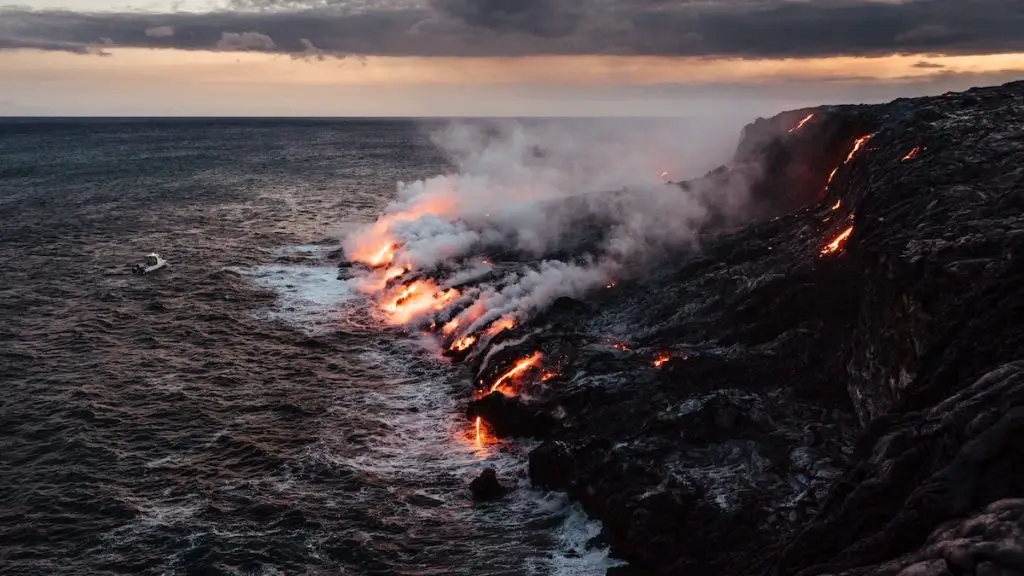
#9 Bad luck can follow you…and it travels on rocks
Here’s a superstitious Hawaiian culture fact for you: Hawaiians consider it bad luck to remove lava rocks from a volcano.
In Hawaii Volcanoes National Park, there are plenty of lava rocks on the ground, and many tourists will try to take one home.
But lava rock thieves should be wary – bad luck will follow you! The National Park receives packages with lava rocks that are mailed back to Hawaii from all over the world with no return addresses…perhaps the senders experienced the fabled bad luck firsthand.
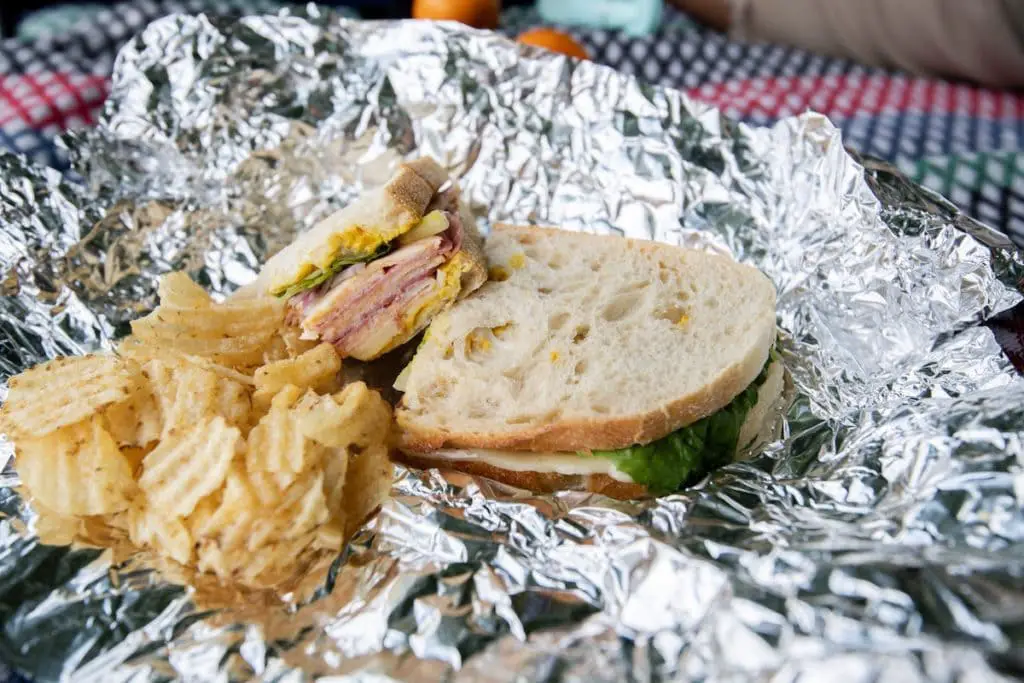
#10 Sometimes in Hawaiian culture, it’s polite to hoard the leftovers!
It is a tradition in modern Hawaiian culture to “make plate” when leaving a party or gathering.
This phrase refers to each guest or family putting together a plate of food from the leftovers of the party to take home with them, the idea being that the host won’t have to clean up everything on their own.
If you’re the type that enjoys a midnight snack, this could be the tradition for you!
Final thoughts on Hawaiian Culture
Hawaiian culture is so much more than shaka hand signs, floral print shirts, and even surfing.
When you visit, make sure to get outside of Waikiki and learn about traditional and modern Hawaiian culture from native Hawaiians – maybe you’ll learn a few more Hawaiian culture facts to add to your list!

